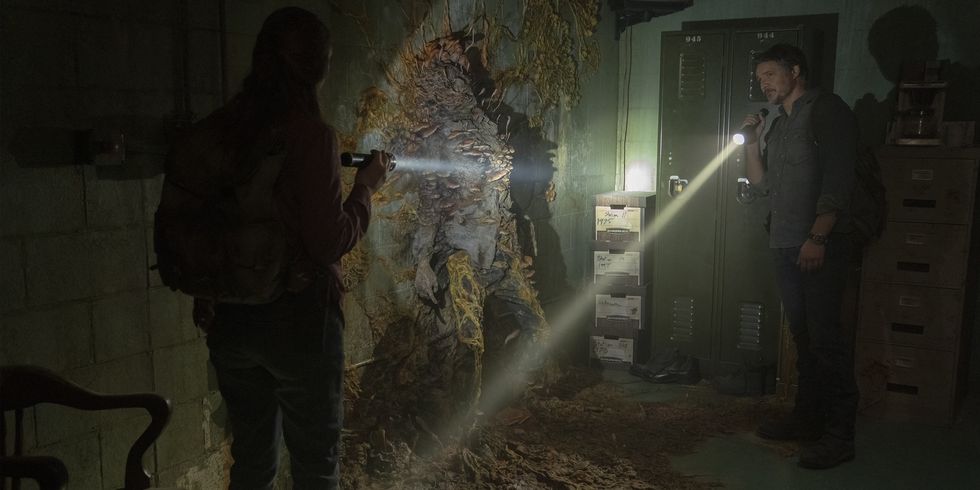In a Covid-ravaged world, you’d imagine that the last thing we’d want to watch is something about a global ‘virus’ that kills off a large chunk of the world’s population.
Tell that to the millions that are tuning in to watch the long-awaited adaptation of The Last of Us, HBO's new series that tells the story of a mutated strain of fungus that latches onto human brains and transforms people into sprinting, blood-thirsty zombies. Based on one of the biggest selling video-games of all-time and directed by Craig Mazin (the man behind another human disaster series, the excellent Chernobyl) it’s likely to be the TV hit of 2023.
Here's what you need to know about the fungus infection that's caused all this bother.
What are Cordyceps?
Well, first up, it’s probably good to know that they are only fatal to insects and never humans. Cordyceps are a type of parasitic fungi of which there are 400 species, but the particular type focused on in The Last Of Us is the Ophiocordyceps unilateralis, also known as the Zombie Ant fungus.
In a New York Times article from 2019, titled “After This Fungus Turns Ants Into Zombies, Their Bodies Explode”, writer Carl Zimmer breaks the process down: ants step on a fungal spore, which then attaches a cell inside their body, which quickly mutates, killing the ant in four to 10 days. When the cells have taken over half of the ant's bodies, they form a mass that invades its brain, forcing the ant to climb up high on a plant, where its jaws lock down on a leaf. A stalk then erupts from the ant’s brain, which then sprays more spores onto ant trails below, infecting on average 20-30 more ants, meaning the cycle continues again.
The zombie fungus was first discovered in tropical forest ecosystems by Alfred Russel Wallace in 1859, but a fossil leaf with these ant lockjaw marks has been dated back to 48 million years ago.
Cordyceps mutated into The Last Of Us
In The Last Of Us game, Cordyceps mutate into a virus-like plague and transmit into humans through infected crops. A few months later, gamers are told, 60 per cent of the planet was wiped out by CBI: Cordyceps Brain Infection. Similar to the ants, the fungus grows in the host, taking over its brain through four stages, making the person zombie-like, hell bent on killing others to spread the fungus.
Creators of The Last Of Us game have previously revealed that they were inspired by the natural world by watching David Attenborough’s Planet Earth, which detailed this killer spore (warning: you probably want to give this a miss if you’re eating mushrooms/spaghetti for lunch)
Naughty Dog creative director Neil Druckmann told Mashable in 2013: “It was all based on the idea that the more numerous a species becomes, the more likely it is to be preyed on by this fungus….Nature is way scarier than anything we could ever imagine.
”In adapting the game for the screen, Mazin told Collider: “Cordyceps is a fascinating concept, and it’s absolutely real. We wanted to push that a little further.”
He also added that a few things needed to be changed, including the removal of spores from infected bodies and replacing them with tendrils: “Just thinking about how there’s a passage that happens from one infected to another, and like fungus does, it could become a network that is interconnected. It became very scary to think that they’re all working against us in this unified way, which was a concept that I really liked, that got developed in the show.”
In conclusion, Cordyceps: a terrible blight on the insect population of the world, but nothing for humans to worry about. Yet.
The Last Of Us begins on Sky Atlantic / NOW TV on January 16.














